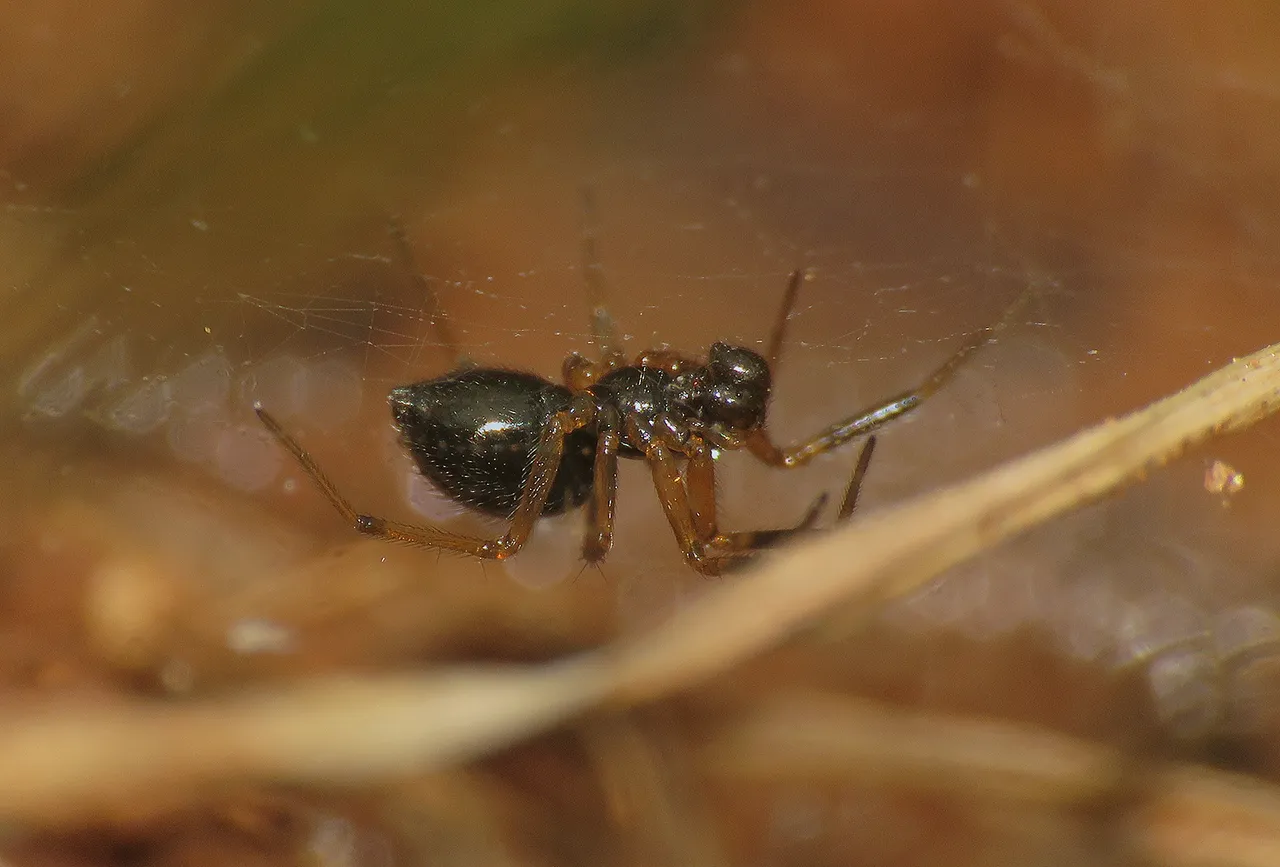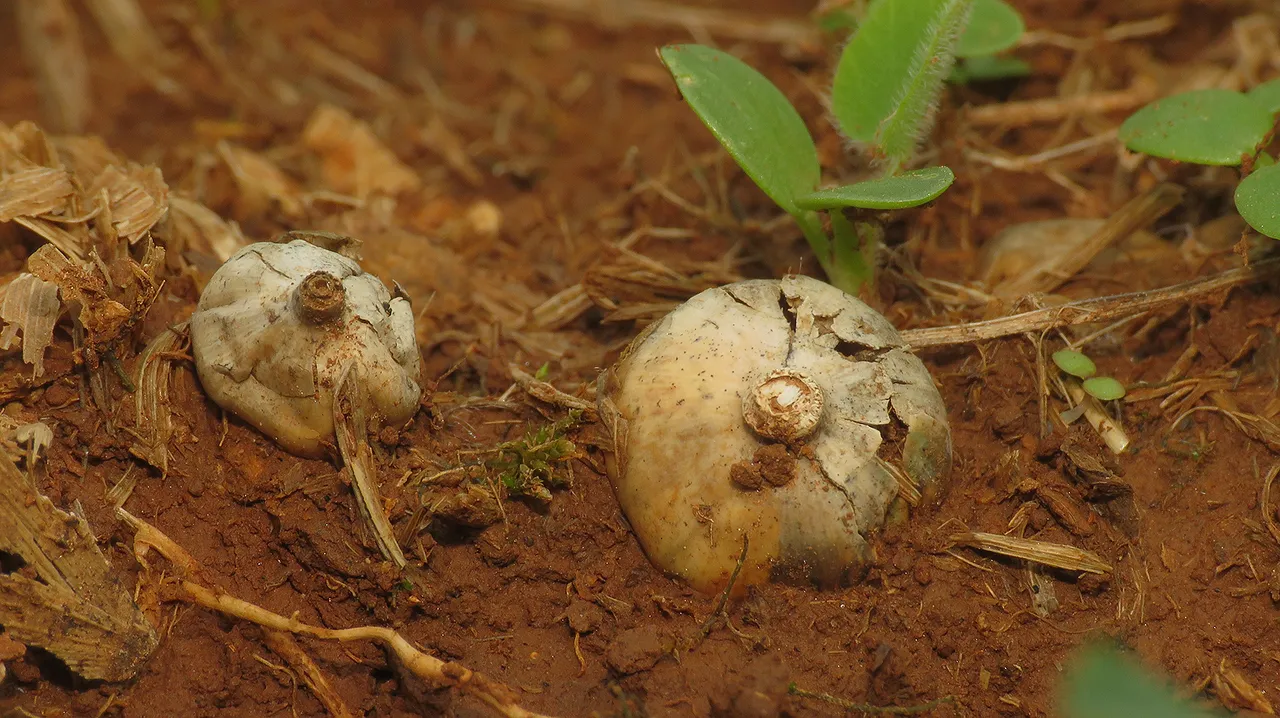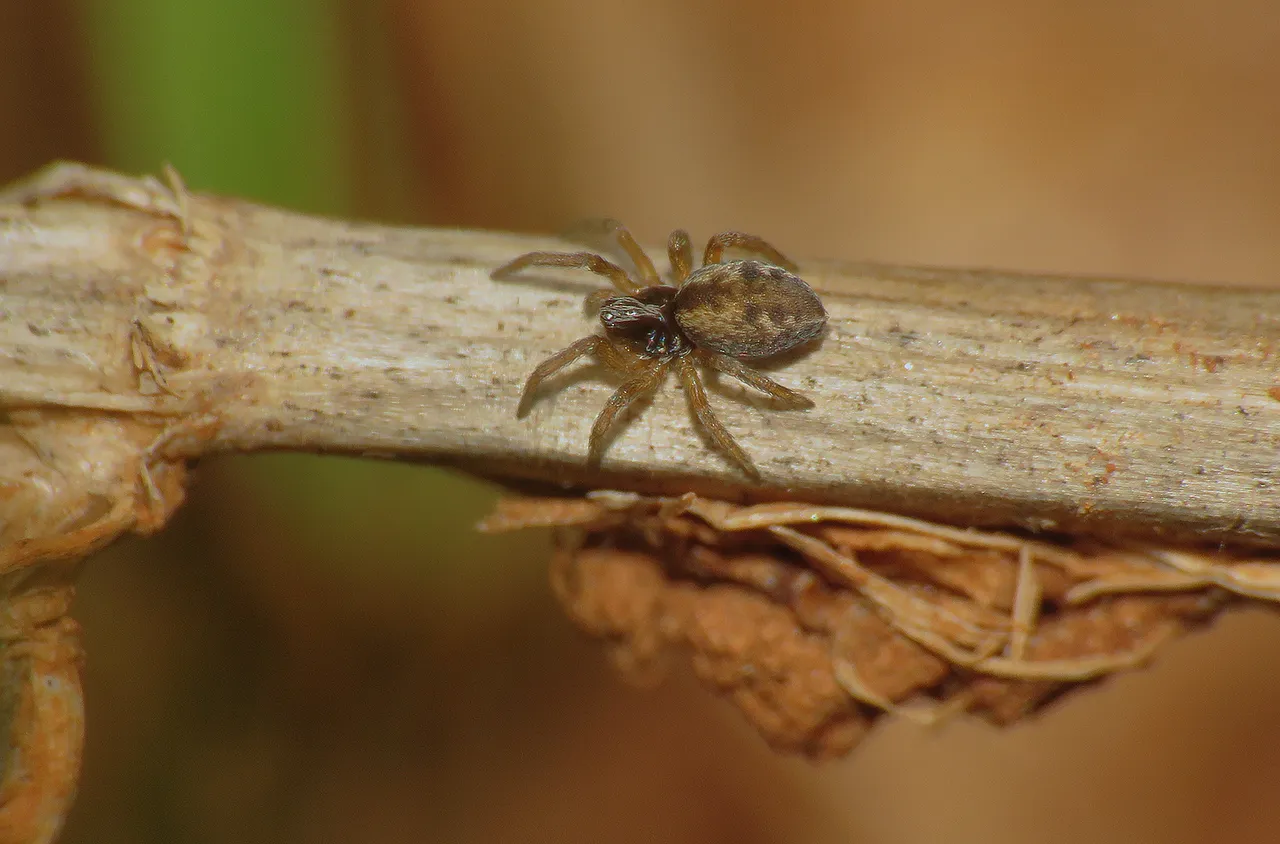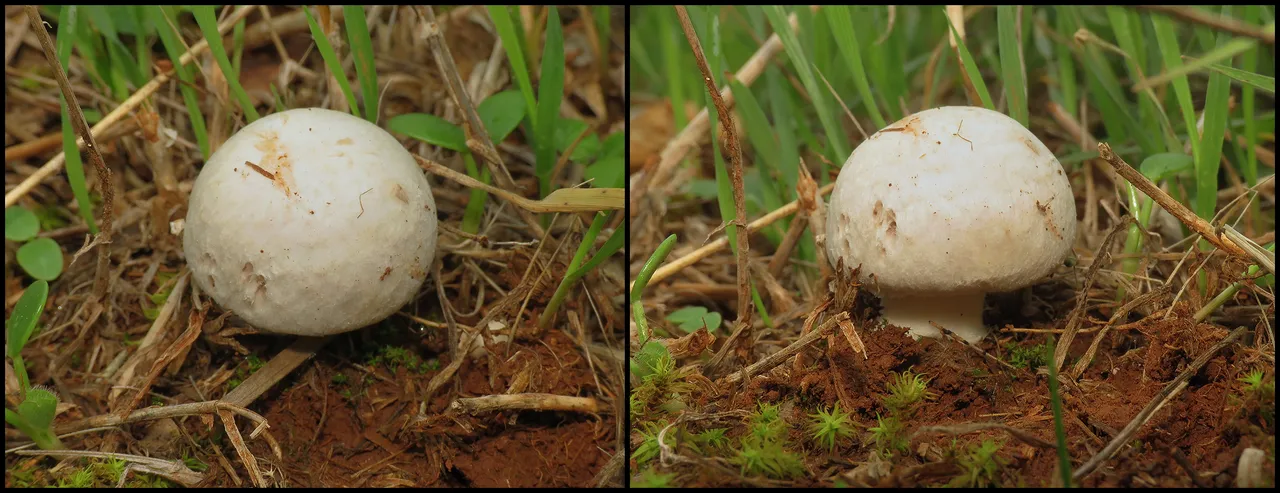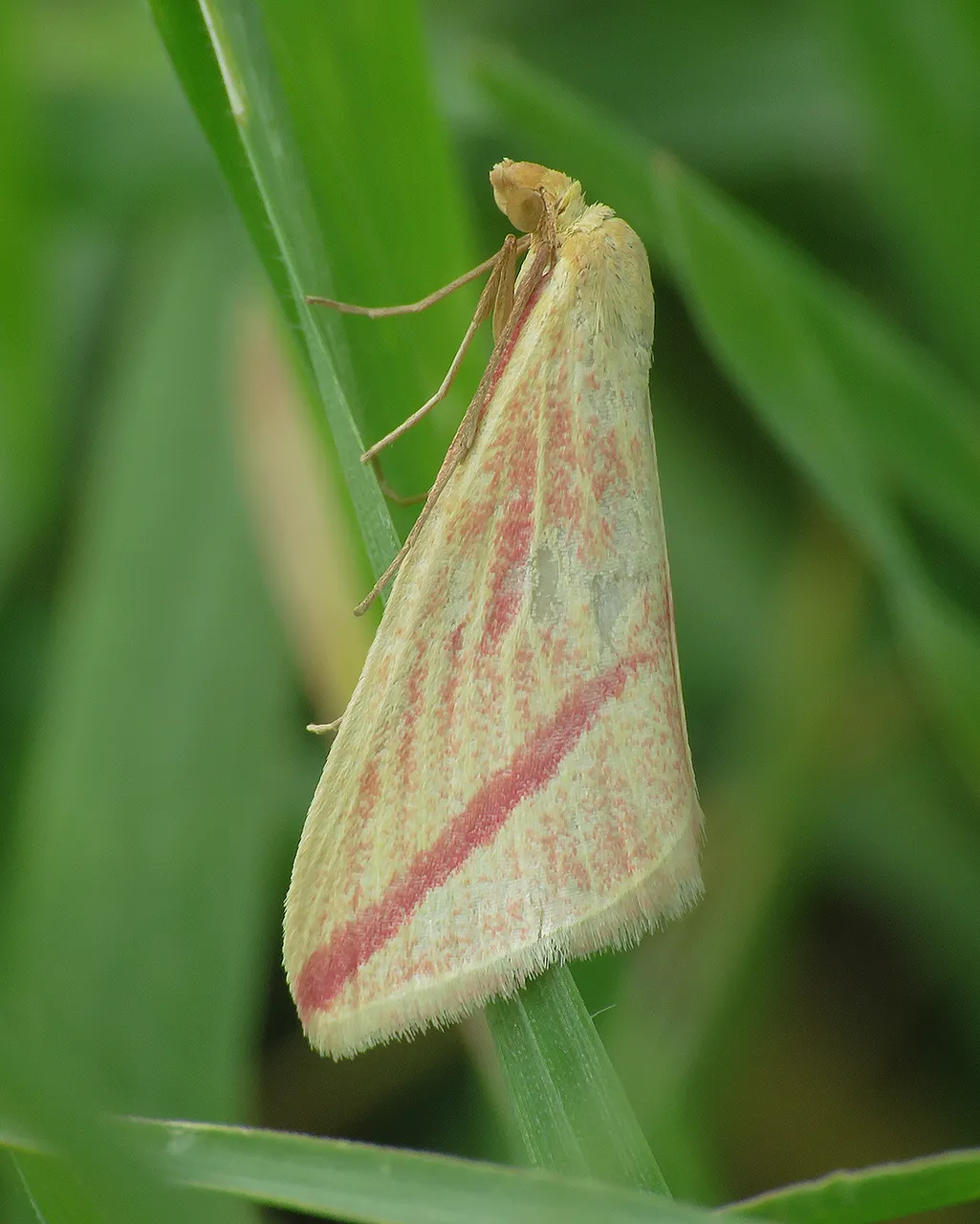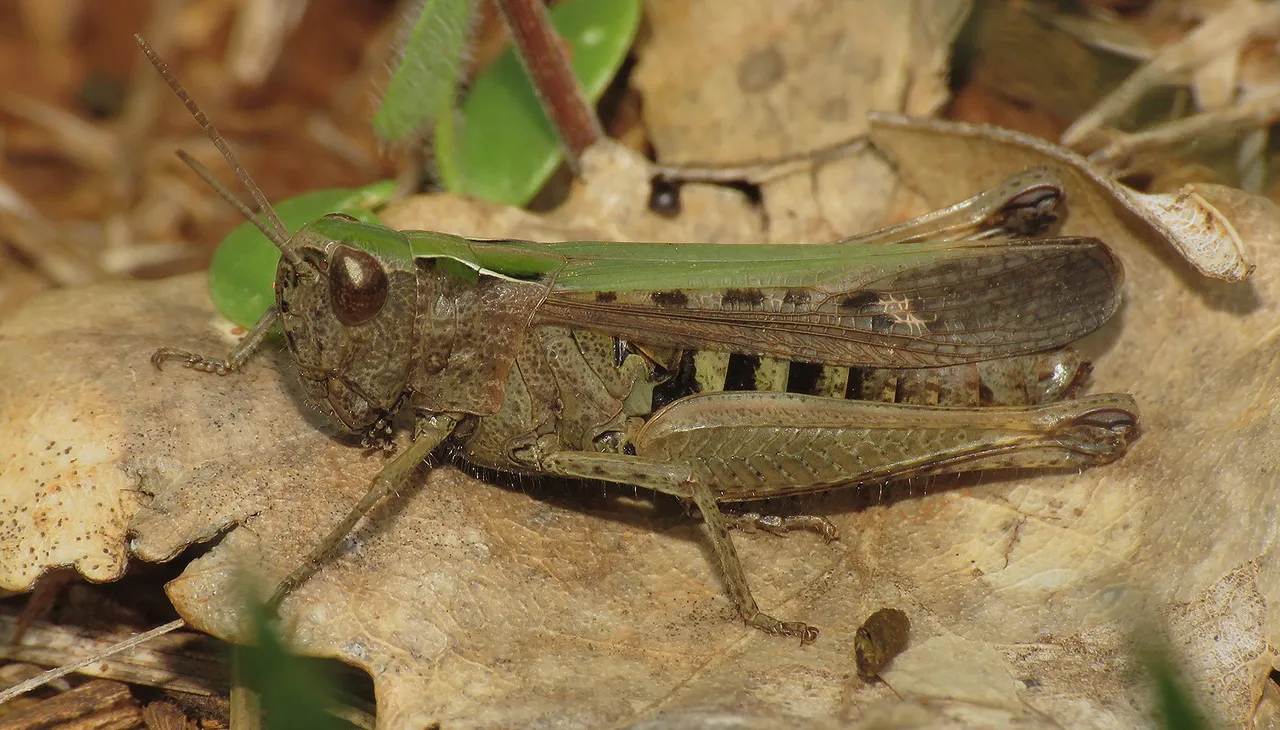Two months ago, on the 24th of September, on a warm, humid morning, I drove a couple of kilometers, five, six, or something like that, to one of the meadows along the road to Shishan, one of the villages between my hometown and Pula, the nearest city.
I found some insects, some mushrooms, plenty of droplets, and a couple of spiders too.
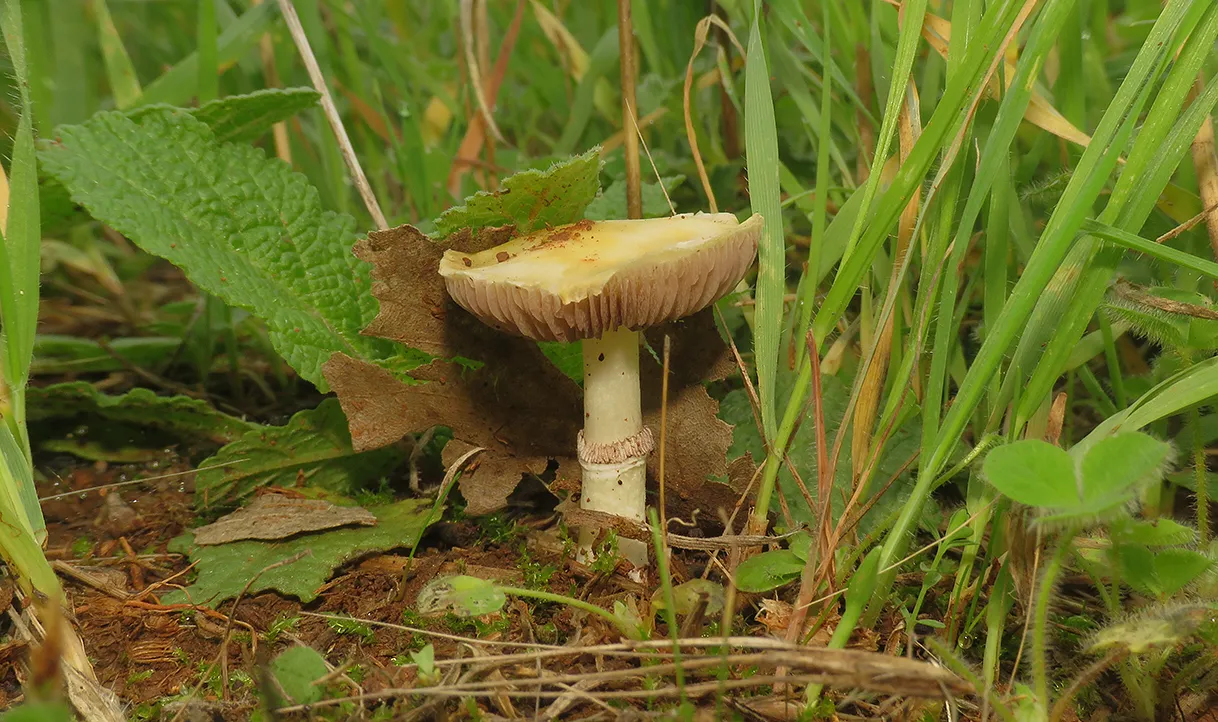
Here you can see a small mushroom that I wasn't able to identify. In the following photograph ...
... the mushroom is even smaller but you can enlarge the picture by clicking on it and see more of the grass and various small herbaceous plants that make the meadow. The dew was scattered loosely across the vegetation so it didn't look particularly attractive ...

... but the droplets concentrated on the webs made by spiders looked pretty spectacular.

Especially when seen through the macro lens.
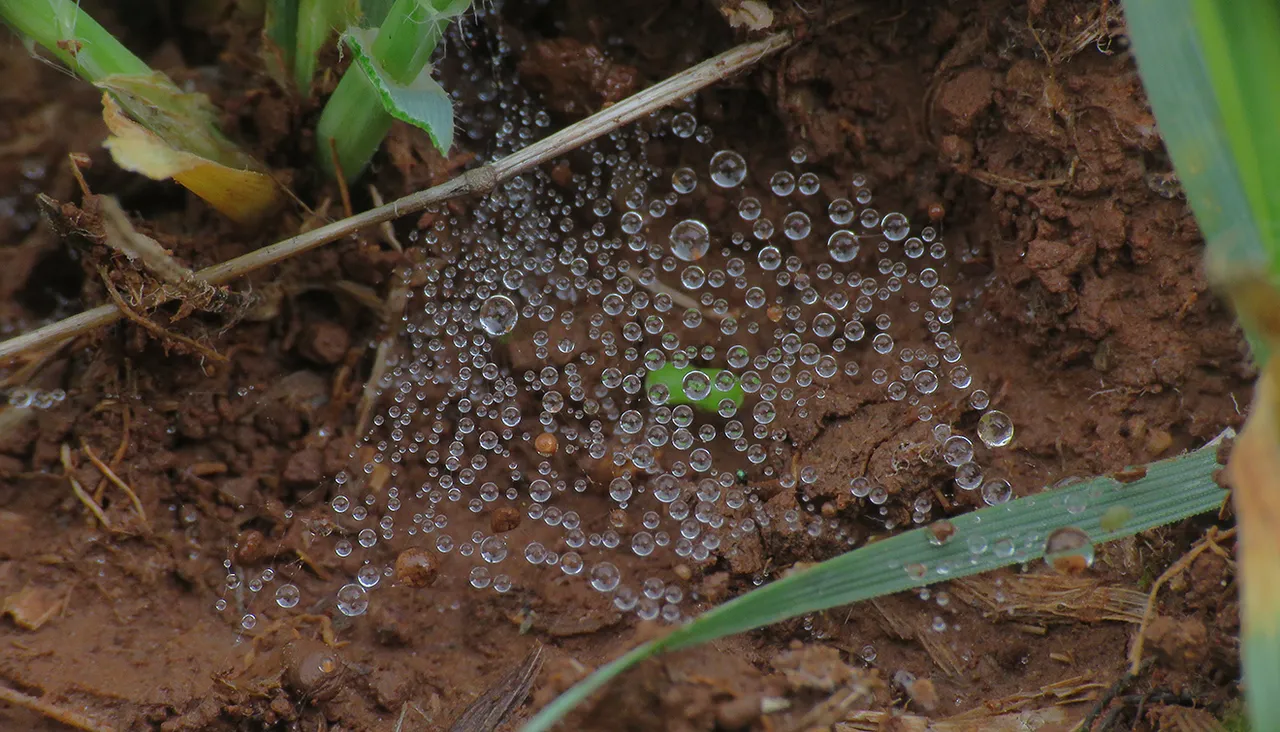
I see these small horizontal webs built very close to the ground very often, but I never saw the spider who builds them.
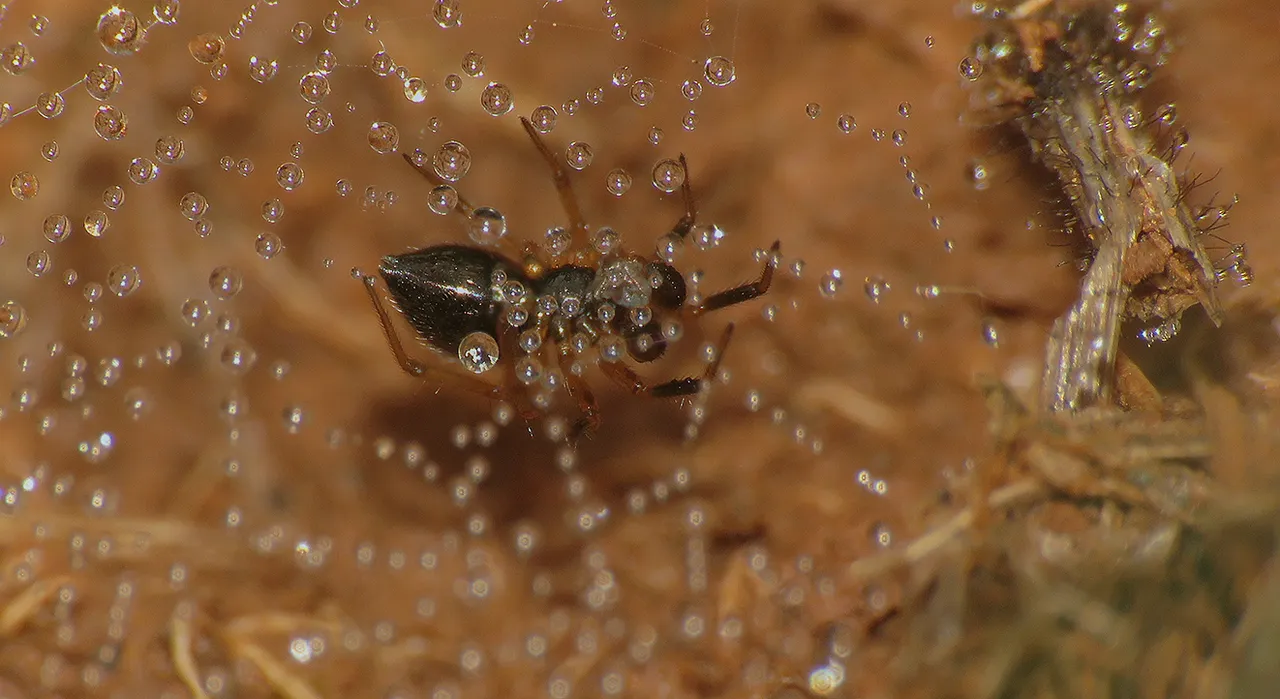
I mean, never before the 24th of September this year.
Here you can see two spiders on the web. The focus is on the one standing on it, but if you take a good look at the picture, you'll see another, blurred spider hanging from the web, in the narrow space between the threads and the ground.
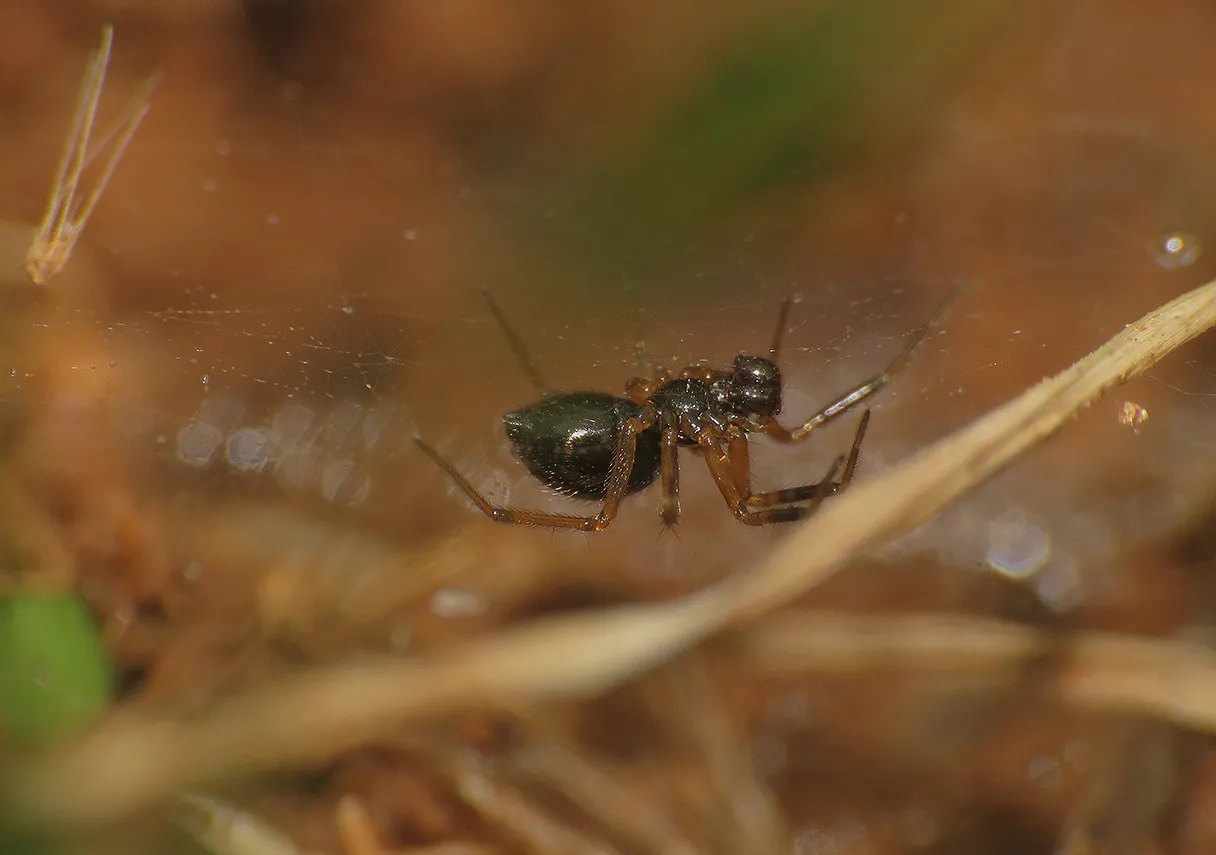
Today, after a long and exhausting Internet search, I'm still unable to identify the species. By the shape of its body, and even more by the shape of the web these spiders build, I'm pretty sure that the family is Linyphiidae.
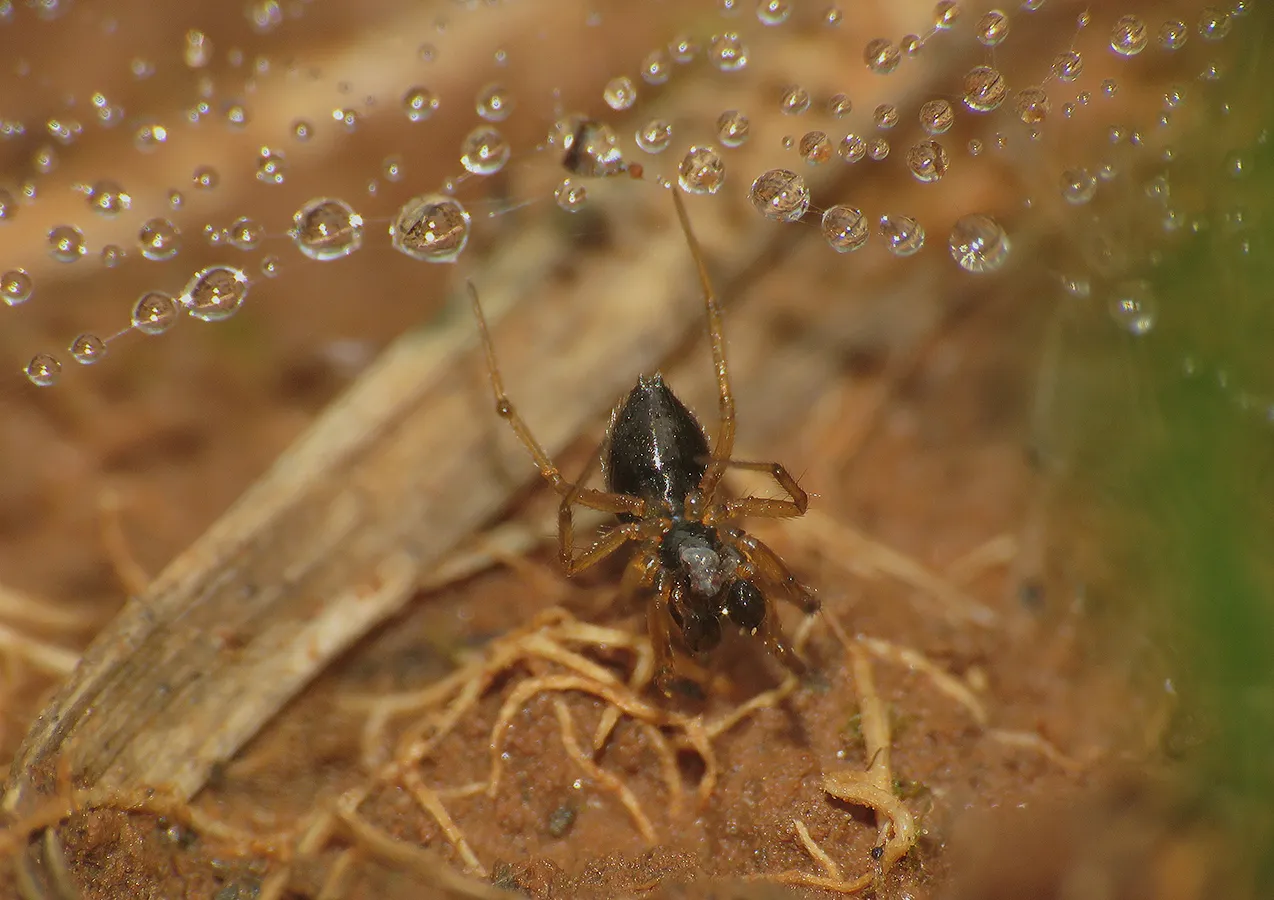
Because of their horizontal, sheet-like webs, Linyphiidae are commonly known as sheet weavers
The species shown here could be the Erigone atra. Or the Microneta viaria. Or the Walckenaeria obtusa. Or the Diplocephalus cristatus. Or something else from the Linyphiidae family.
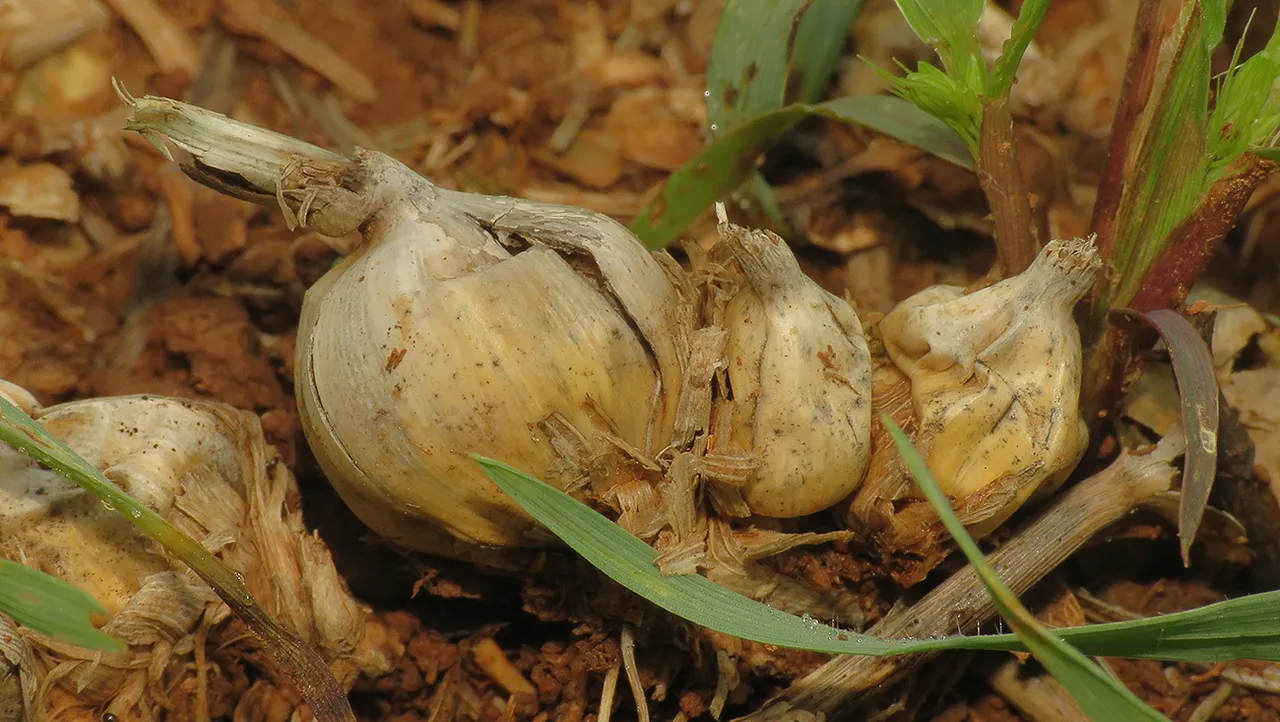
These things that look like tiny onions in a very small garden were photographed on the humid ground near the web.
Just like cultivated onions, these are bulbs.
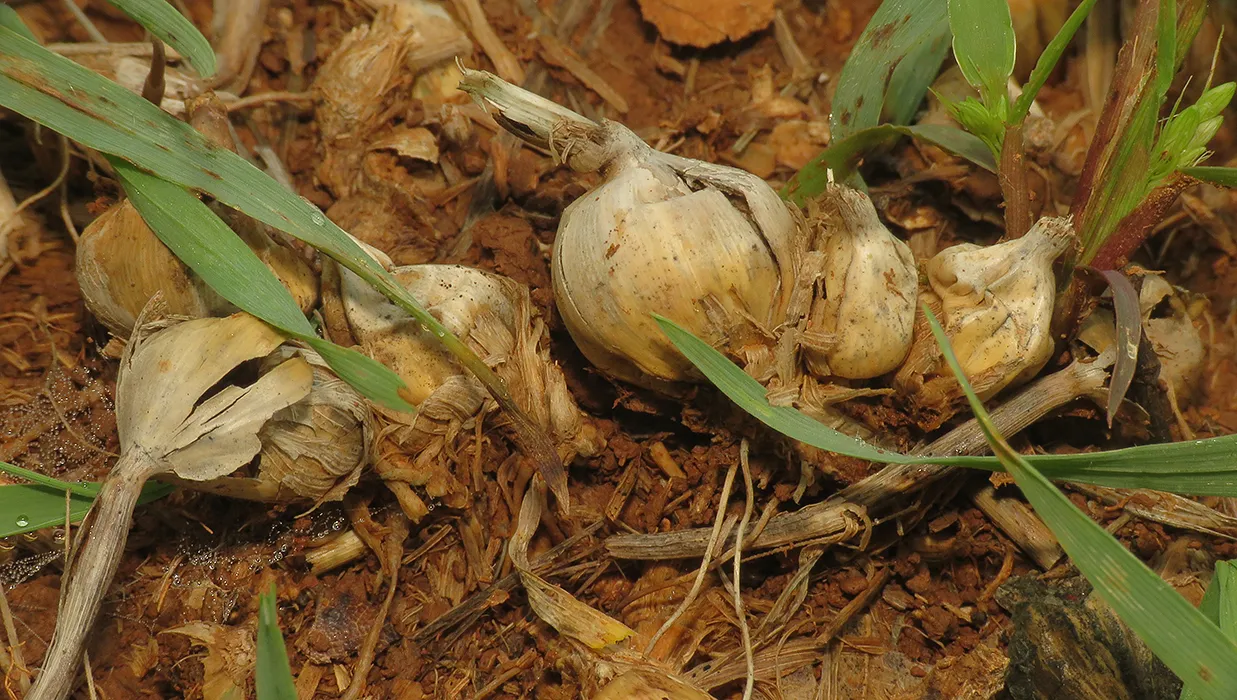
But I don't know what plant they belong to.
On one of the dry straws near the bulbs, I found another small spider. This one looks a lot like the Dictyna uncinata, a species from the Dictynidae family. The colors and markings on the abdomen can vary, so I'm not sure if I found the Dictyna uncinata or something else. A lot of confusion about all these small spiders that I haven't seen before that warm and humid September day. Every Internet search brought more doubts than answers.
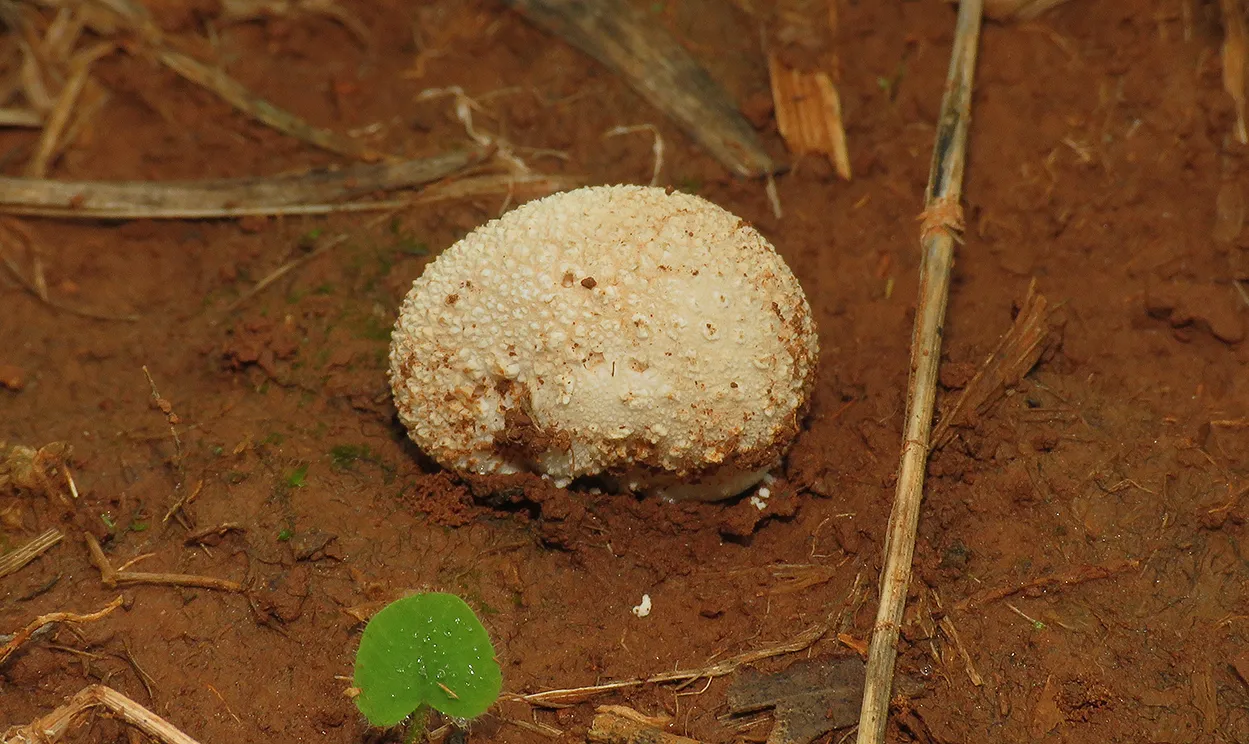
Also there, among the bulbs and webs, on the muddy patch of terrain sparsely covered with small plants, I found this puffball mushroom. The Lycoperdon pratense.
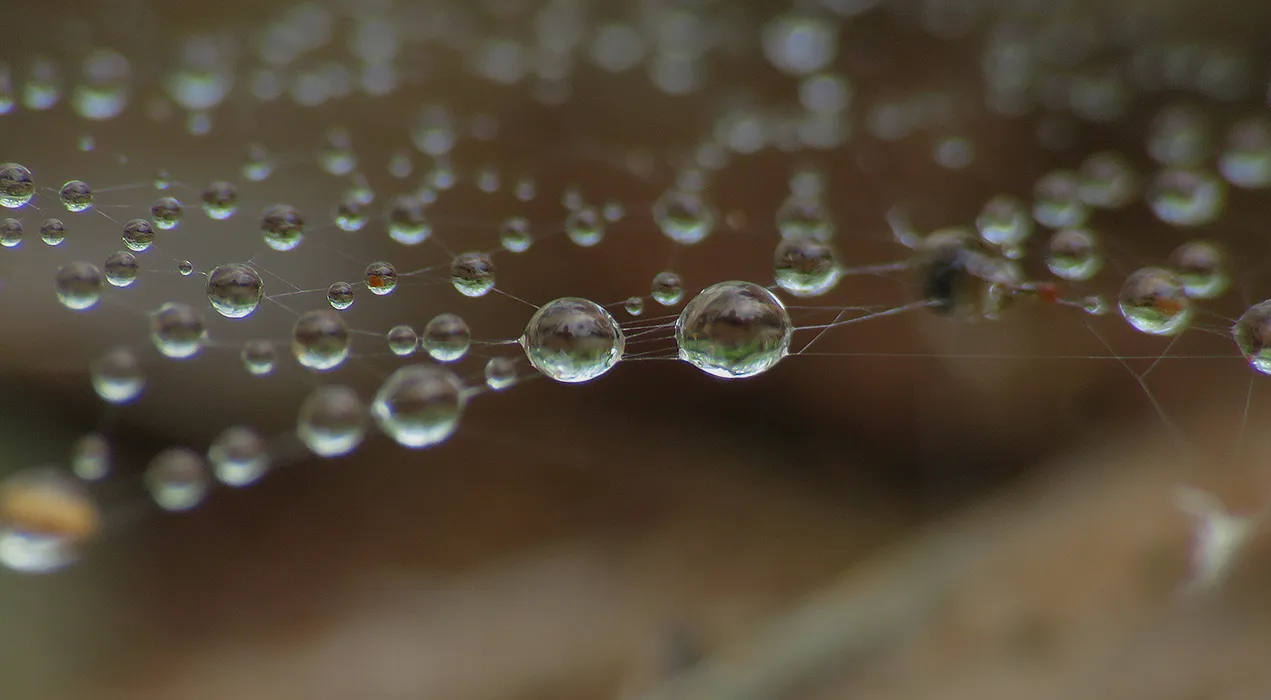
A minute or two later ...
... while photographing the droplets on another horizontal web ...
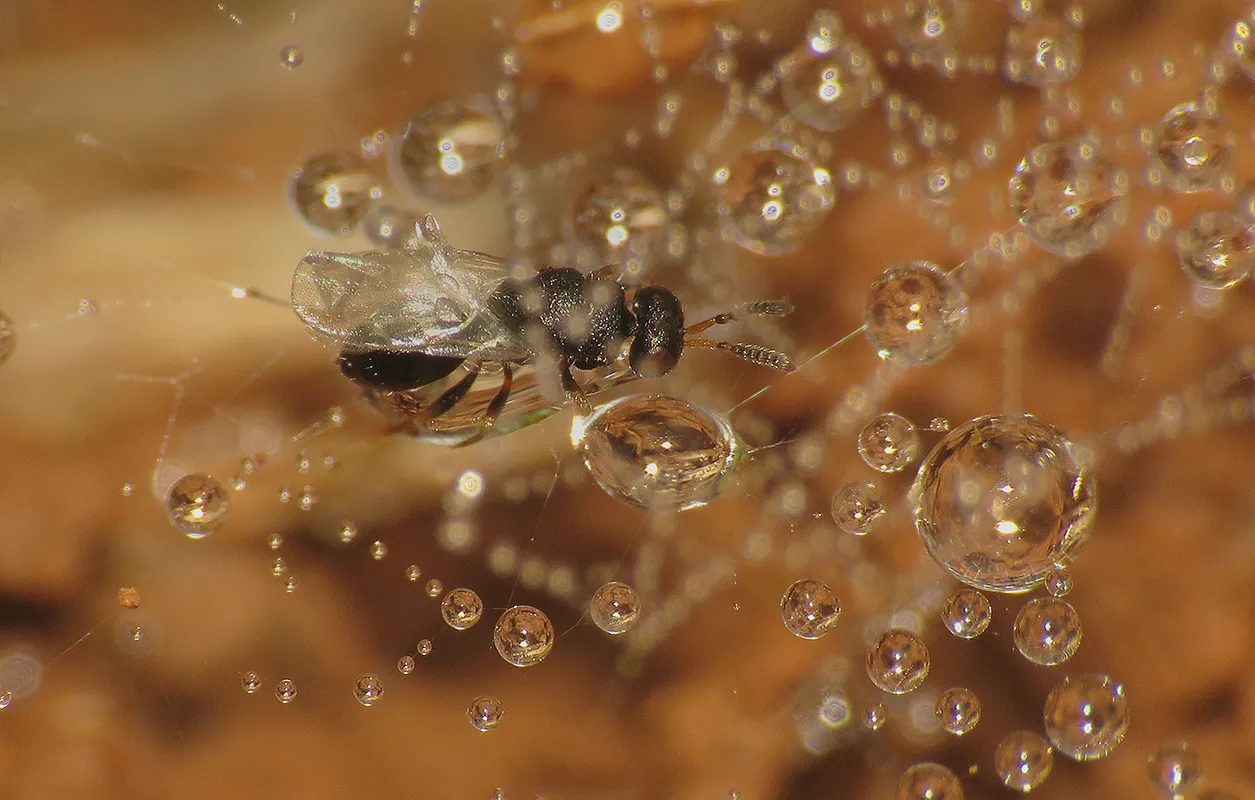
... I noticed a small insect that looked like prey caught by the threads. But soon I saw that it was caught by the water. Trapped in the droplet. A minute later the insect got out and continued crawling across the web until reaching the nearby grass. The main protagonist of this situation and the above photograph is a small, parasitoid wasp, probably from the Pteromalidae family.
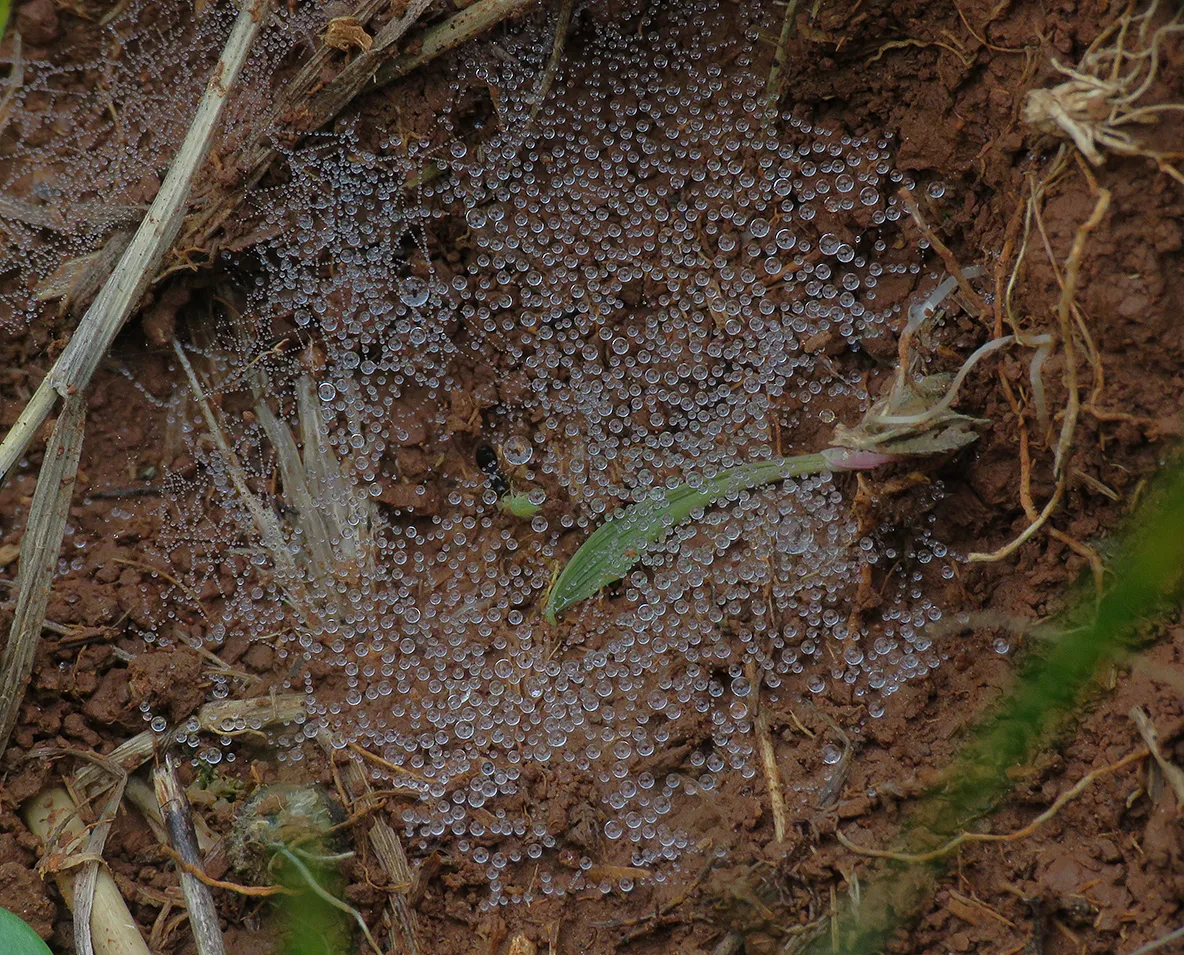
I spent a few more minutes with the droplets and took a few more photographs ...
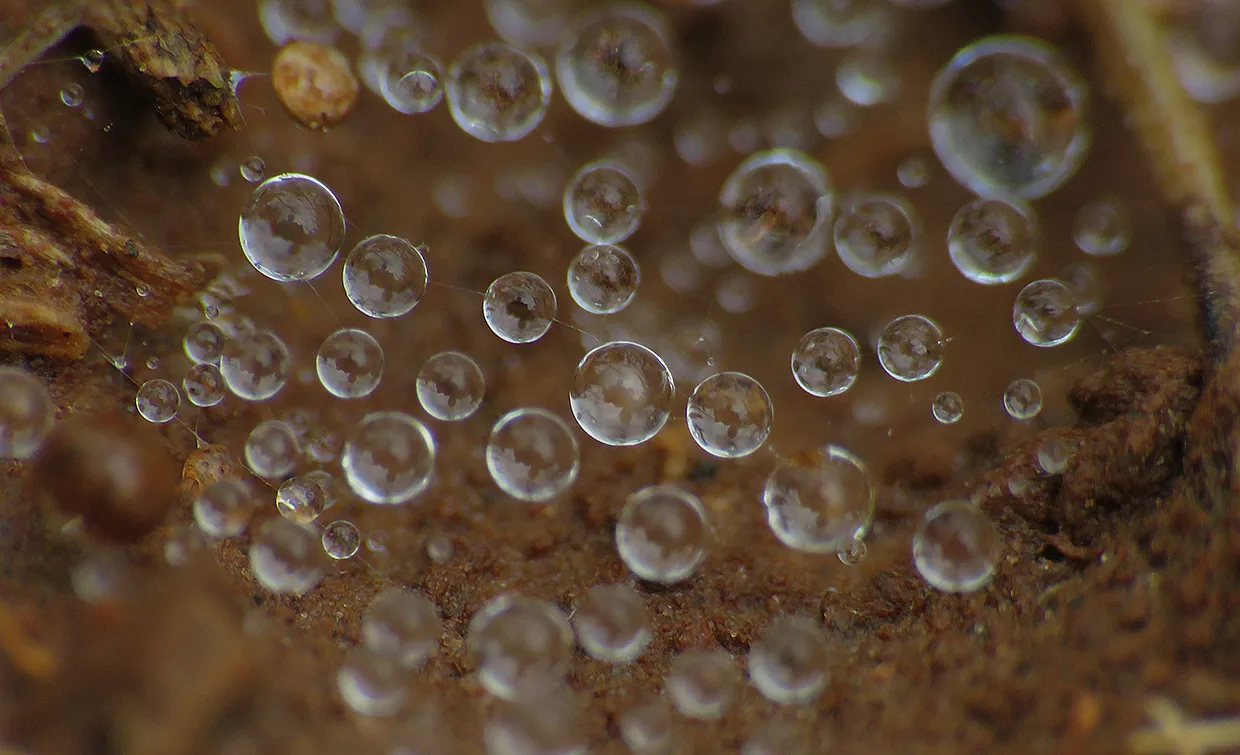
... and then ...
... I focused on the pretty large leaves of the Centaurea nigrescens plant that formed what looked like some kind of island in the sea of grass because I noticed a moth there.
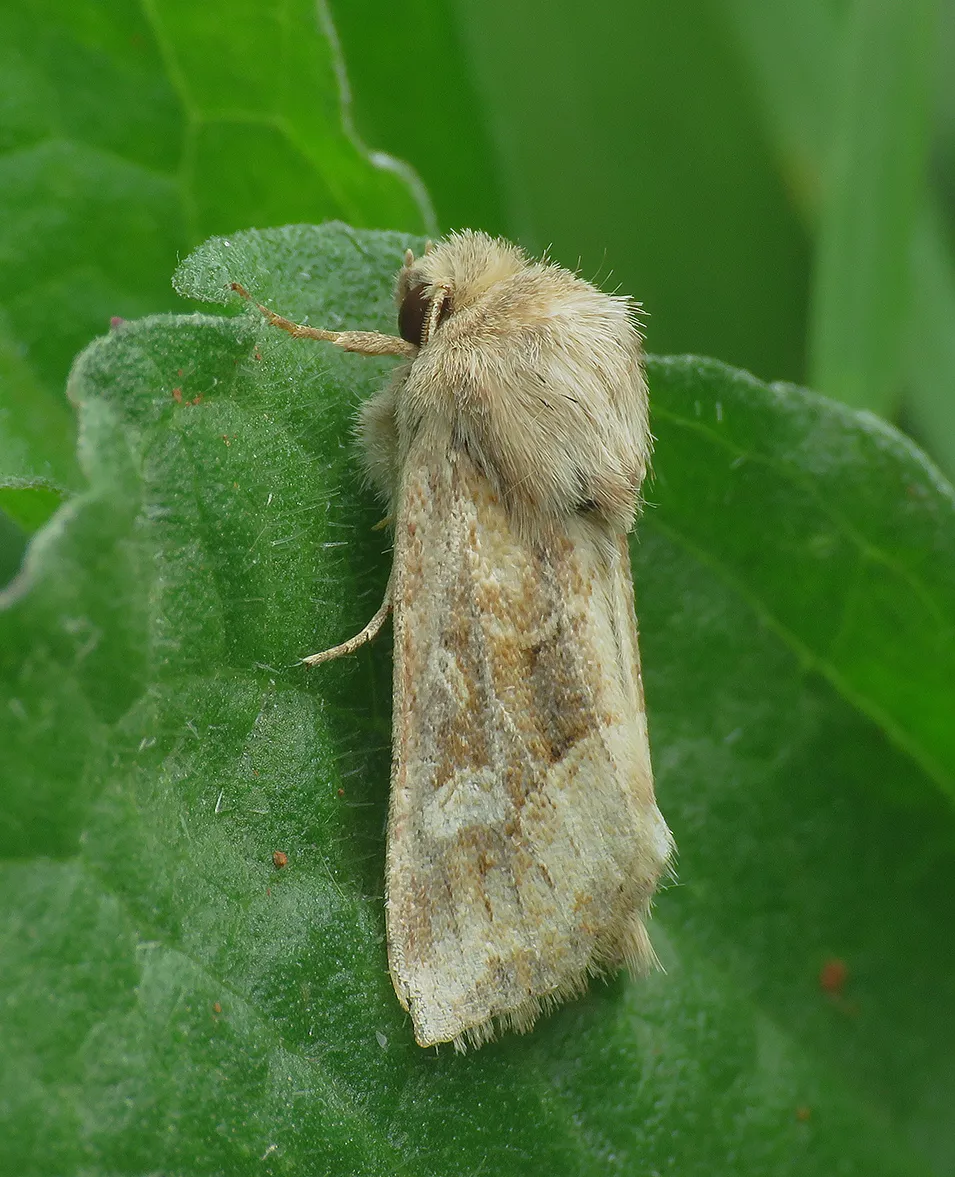
I'm pretty sure that the family is Noctuidae but I can't tell you the name of the species. I tried but just couldn't find it on the Internet. Some days it feels like Google is set up against me. This Monday is one of those days.
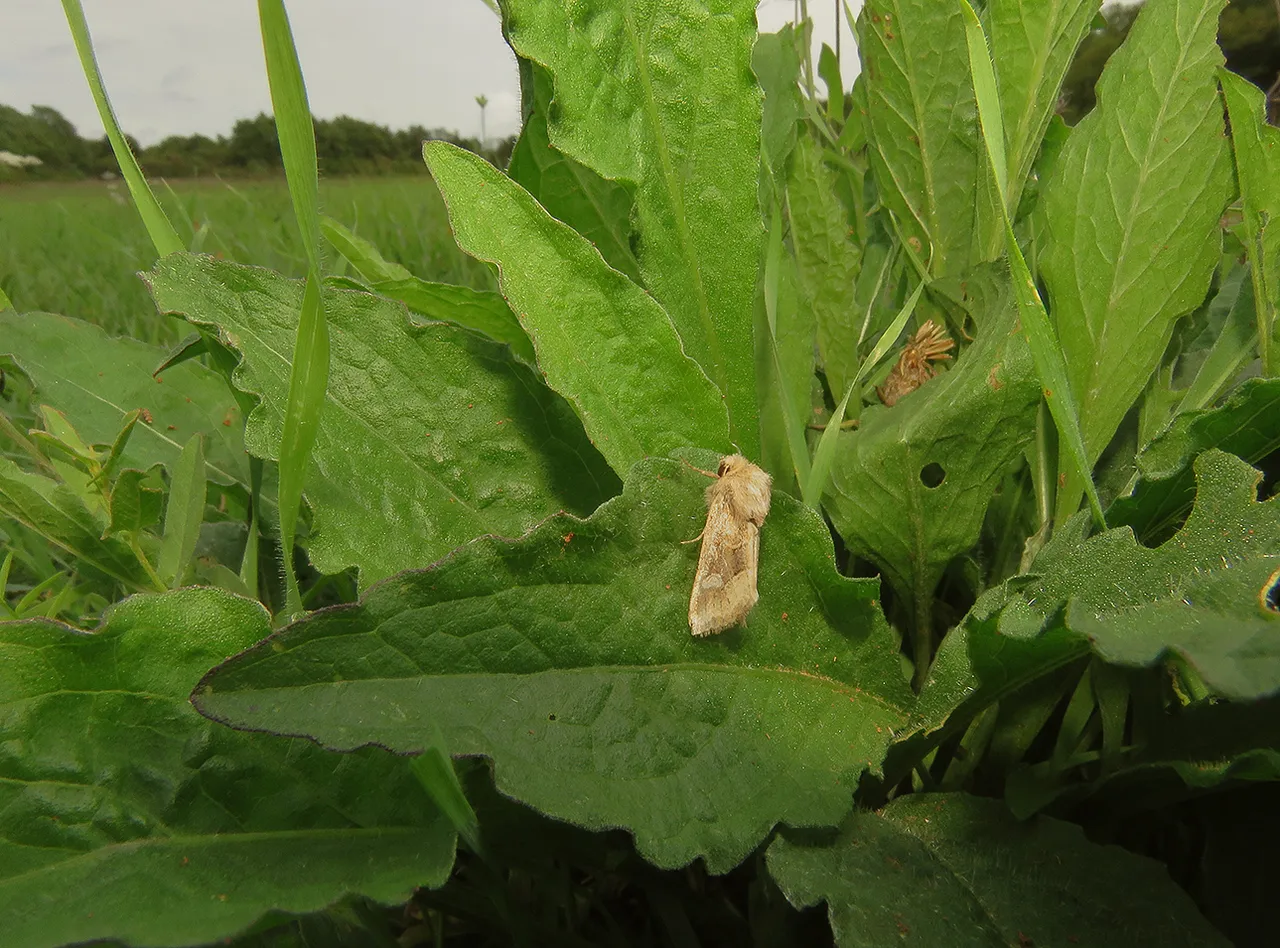
I spent so much time searching and I found so frustratingly little. Hope the photographs will be interesting enough on their own because the text has more holes than substance.
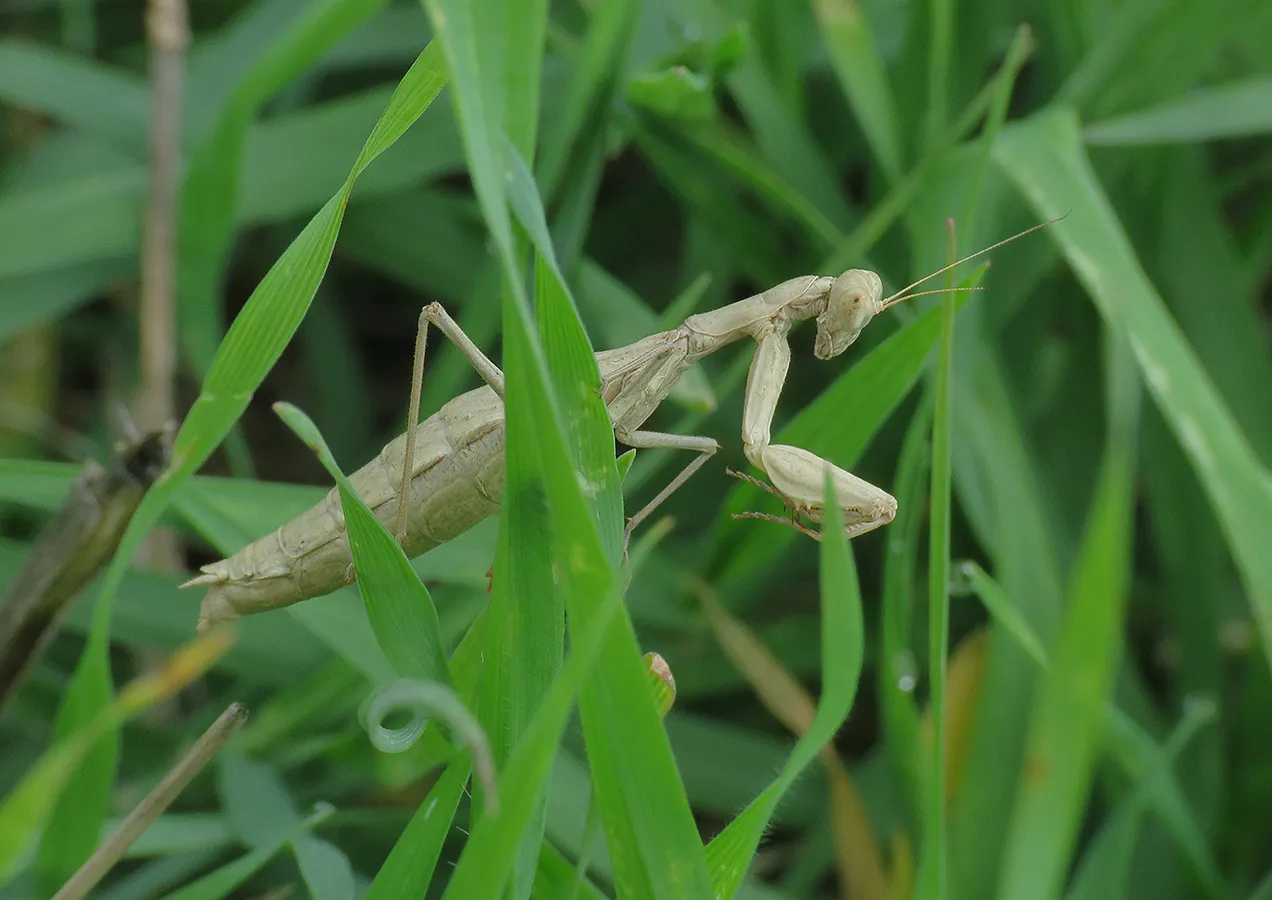
Not far from there, probably only a couple of meters from the Centaurea nigrescens island ...
... I came across a young mantis in the grass.

This time I know the name of the species, for a change.
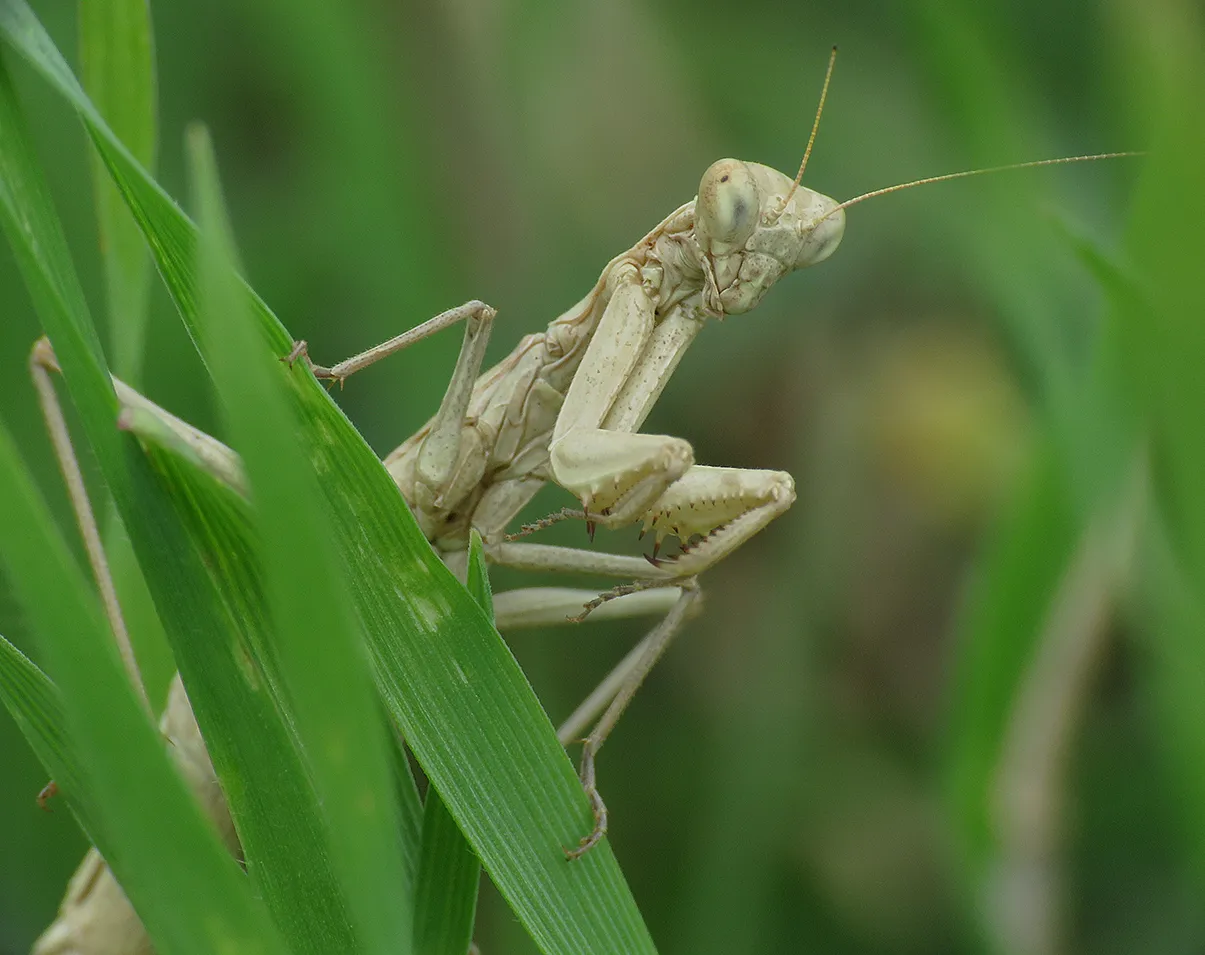
It's a European mantis (Mantis religiosa).

A pale version. Mantis religiosa comes in a few different shades of green, gray, and brown. In my experience around this area, the pale grayish one is a rarity.
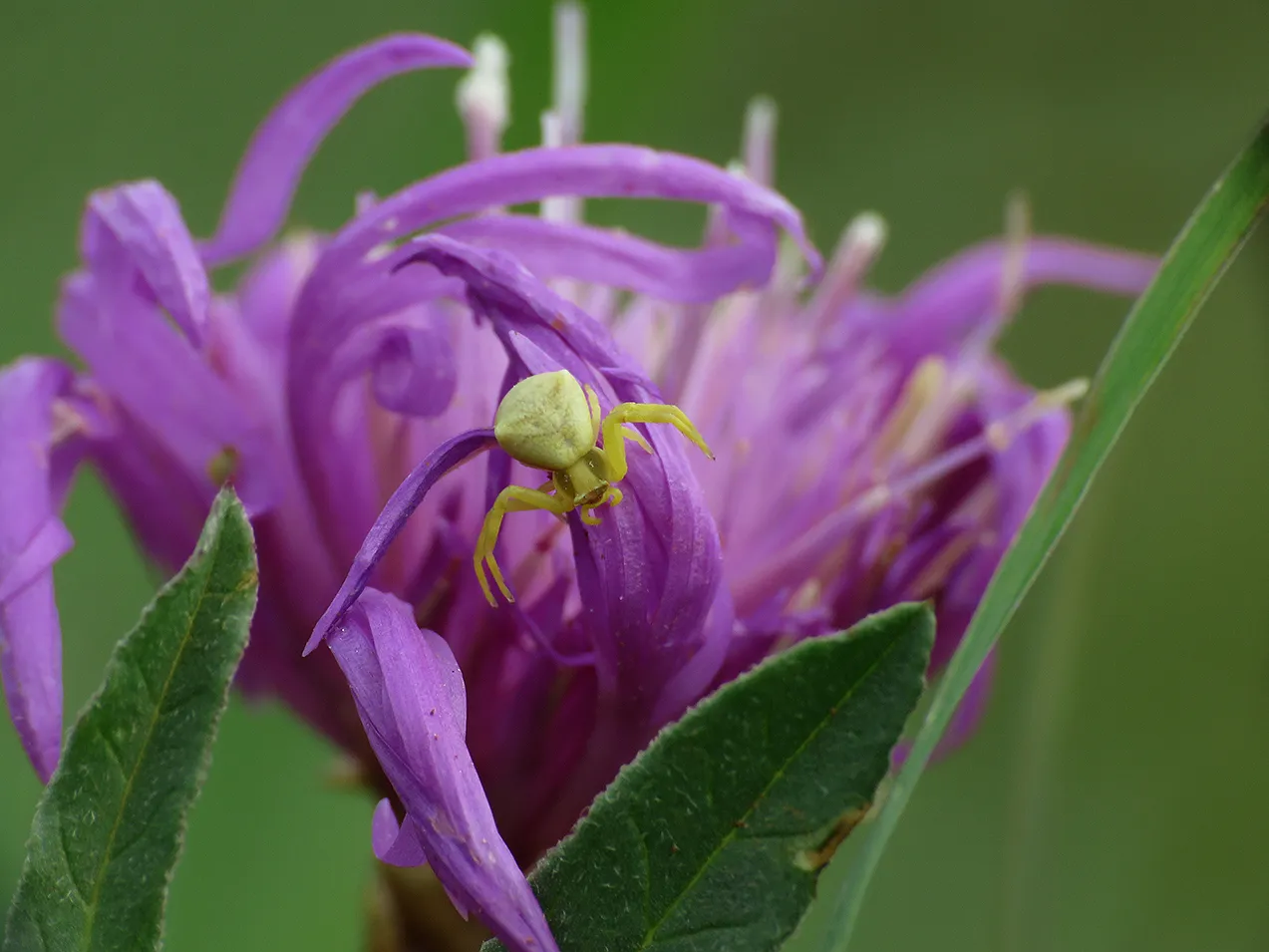
Soon I stopped by another Centaurea nigrescens plant because on one of its flowers I found a colorful spider.
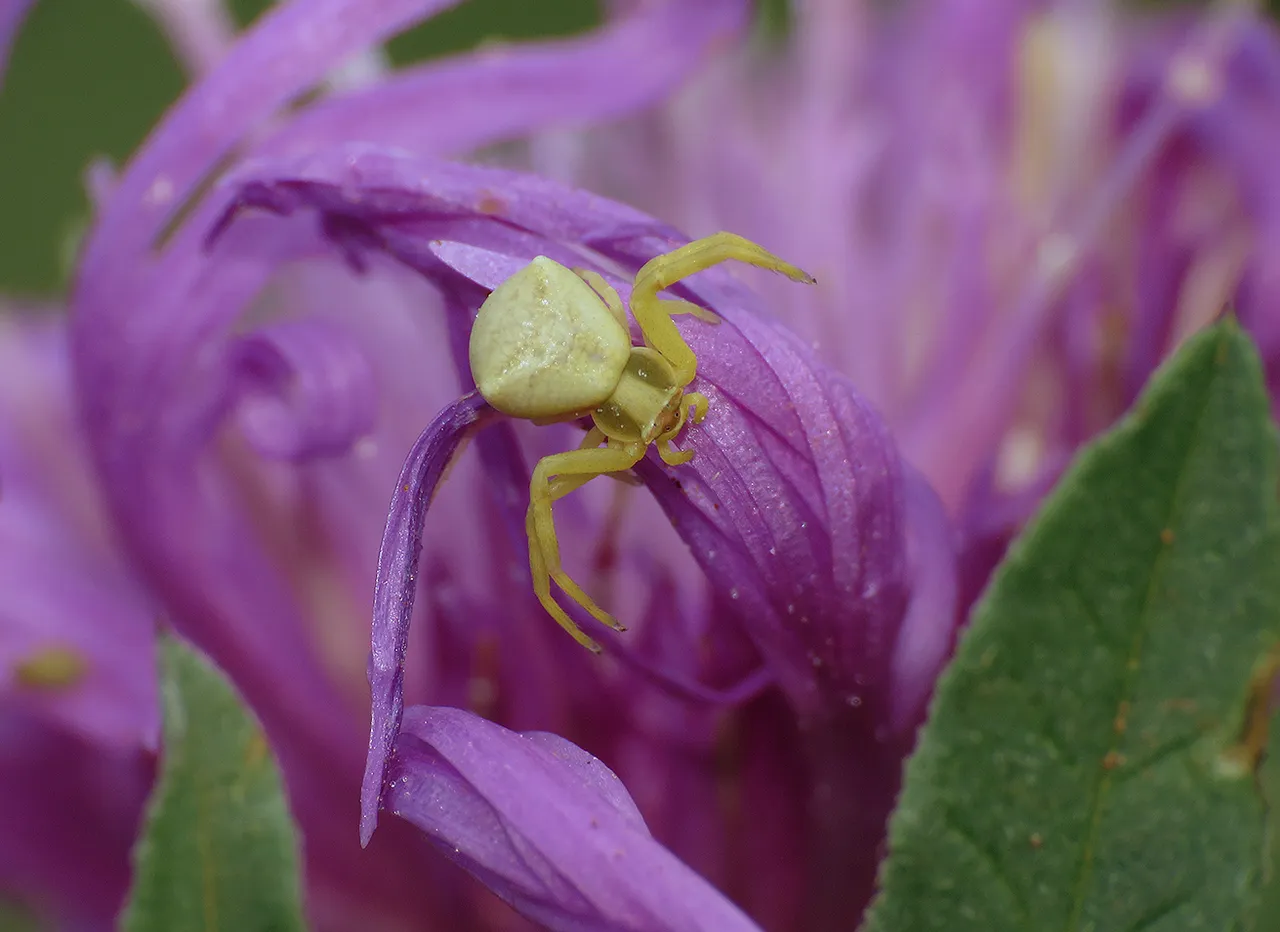
This is the Thomisus onustus, a crab spider from the Thomisidae family.
Since the weather was warm and humid, the mosquitoes were active, very hungry & annoying. This is the Aedes albopictus, commonly known as the Asian tiger mosquito, a species native to the tropical and subtropical areas of Southeast Asia but present in many other parts of the world. The one shown here was feeding on my hand. I used the other hand to get these shots. In this triptych, from photograph to photograph, you can see its abdomen getting filled with my blood.
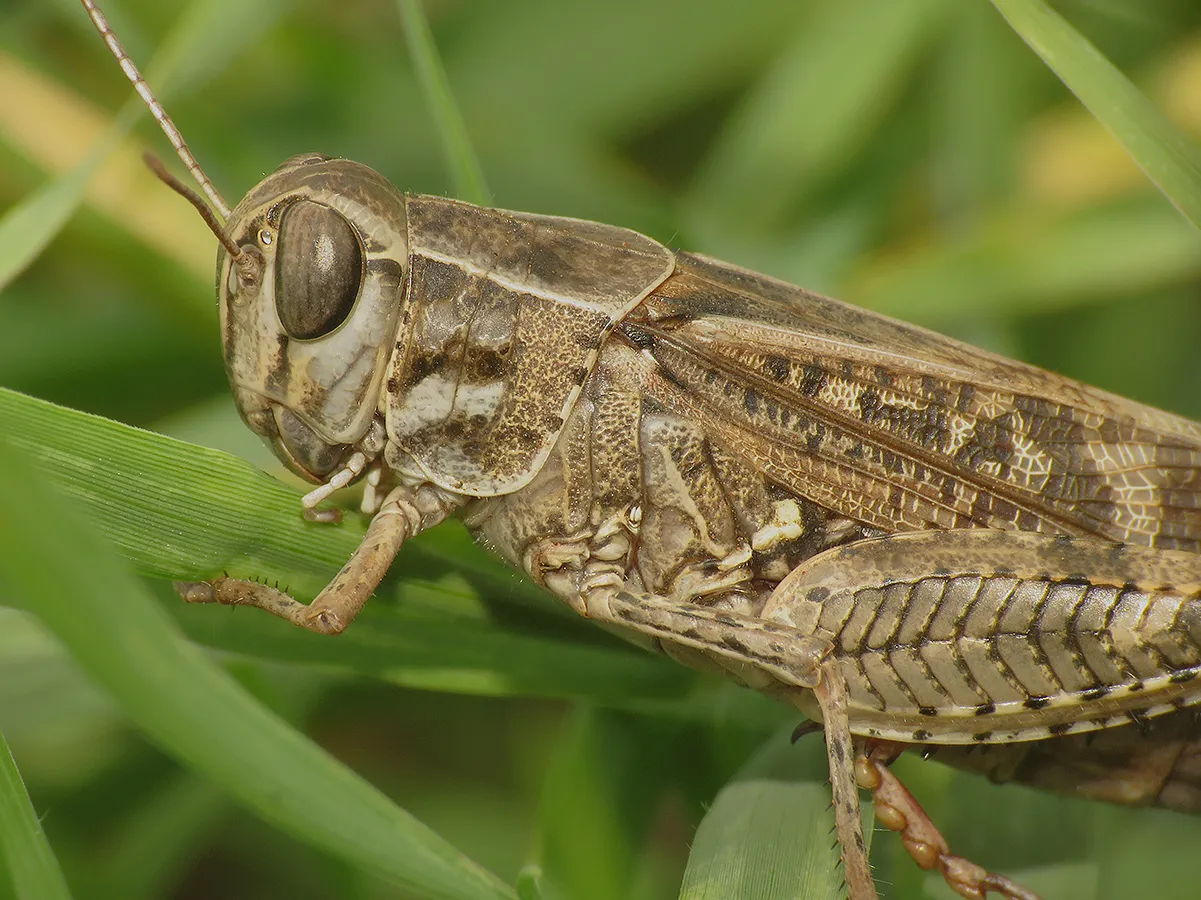
After a bit of searching and walking in circles, I found a grasshopper that was resting on the grass.
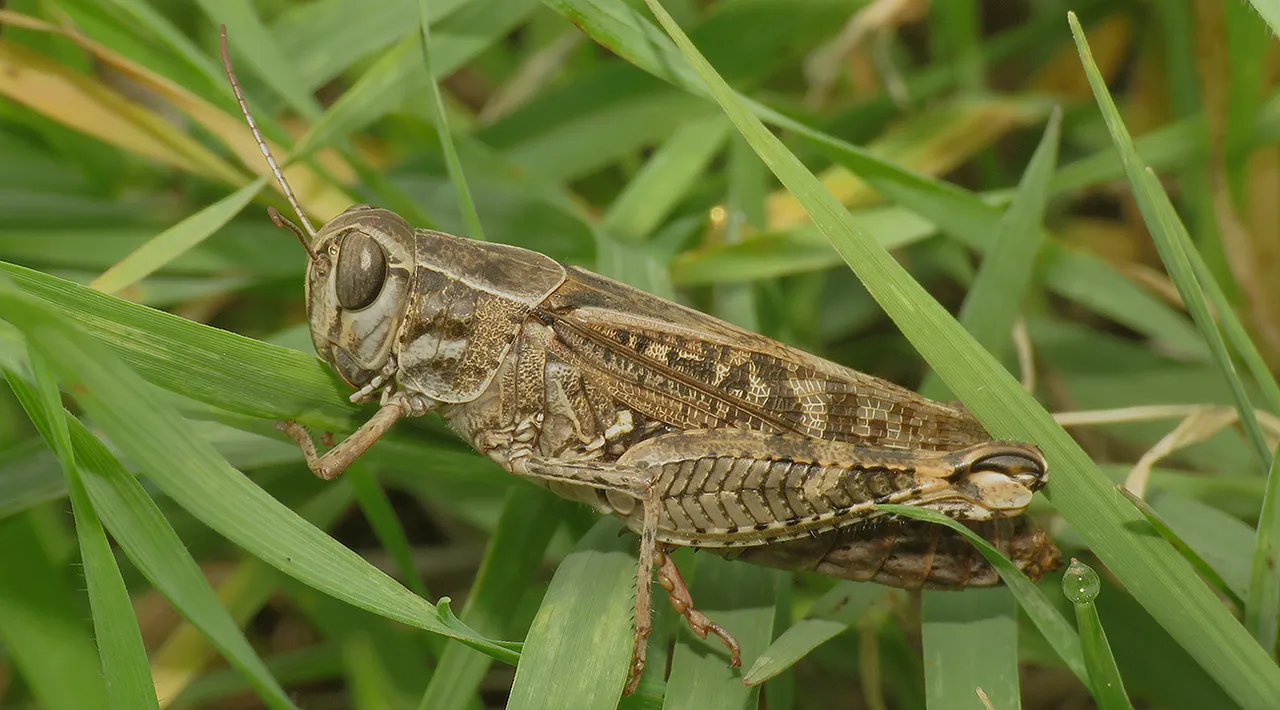
This is the Calliptamus italicus, a species from the large and varied Acrididae family.
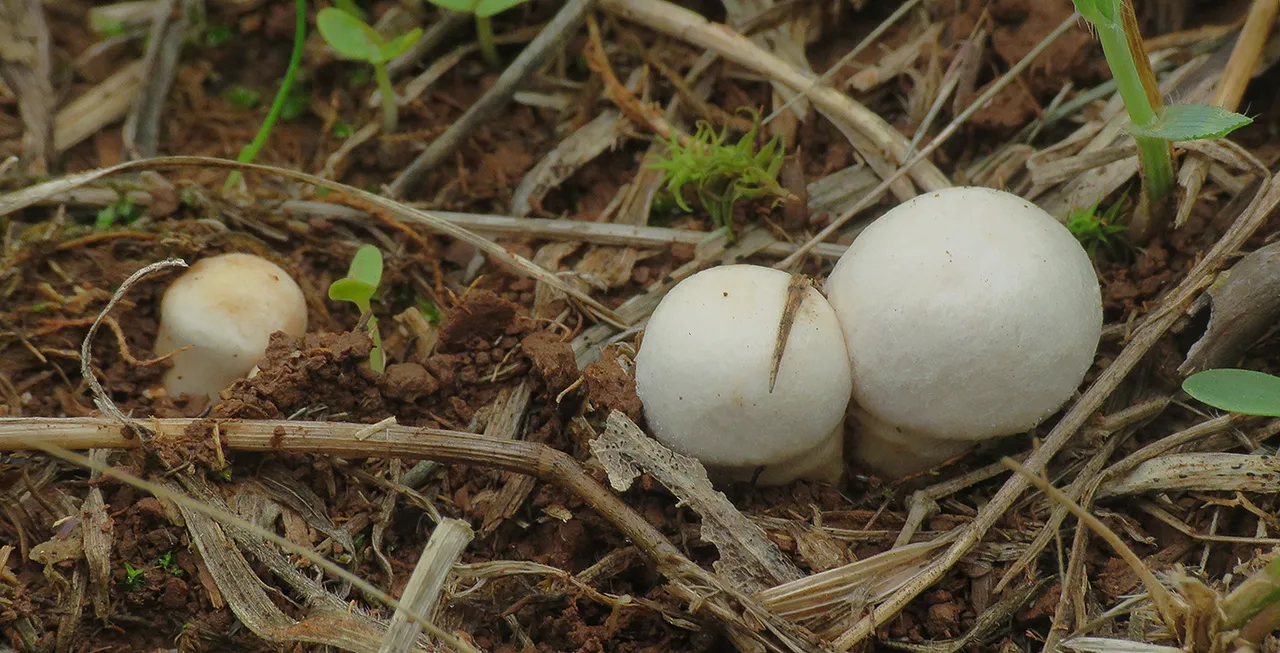
At some point, in the same area, I came across another small patch of terrain where the grass isn't dense ...

... and there I found more mushrooms.
These looked like puffballs from a distance.
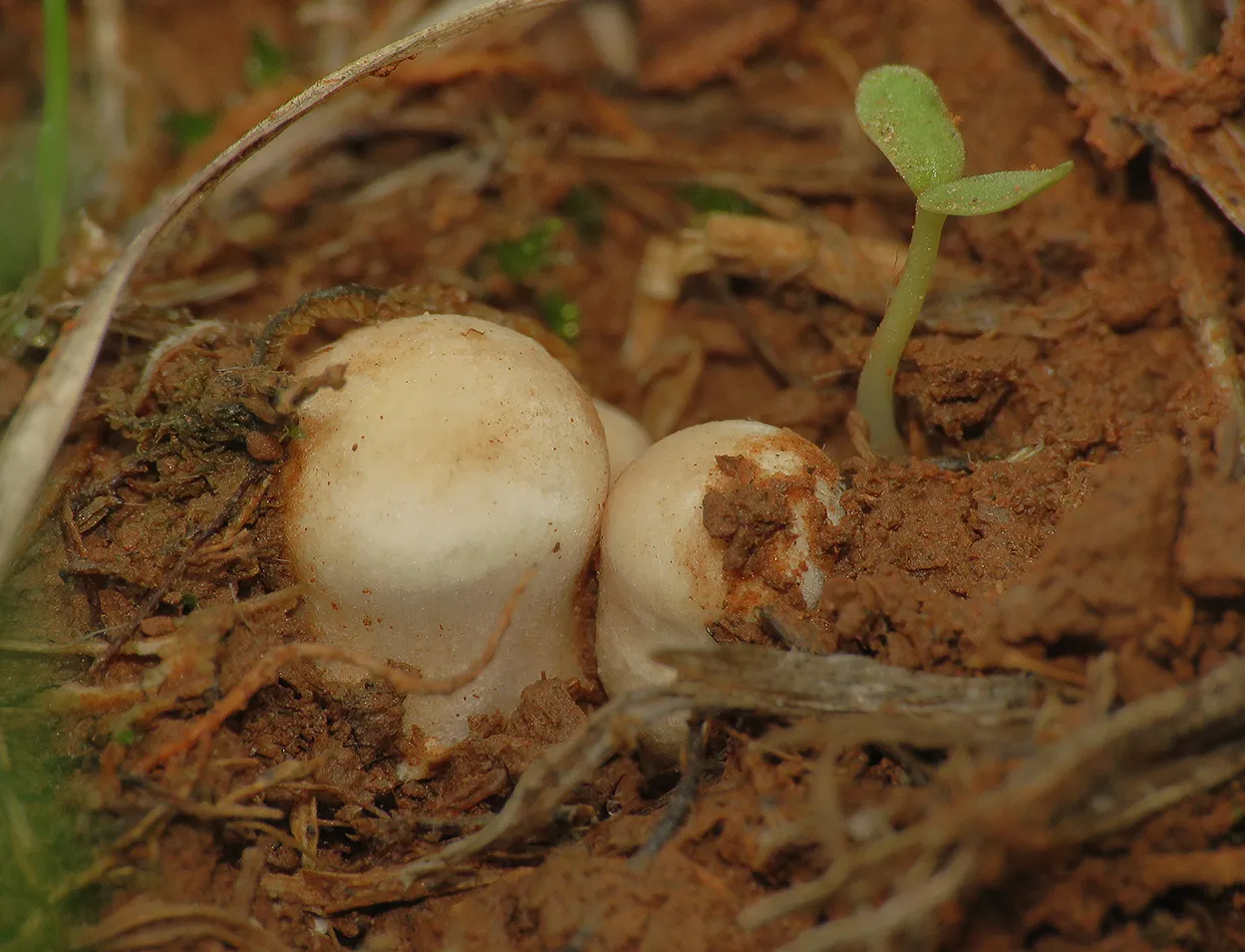
But a better, more up-close look revealed something else. The small, very young fruiting bodies of the Agaricus campestris.
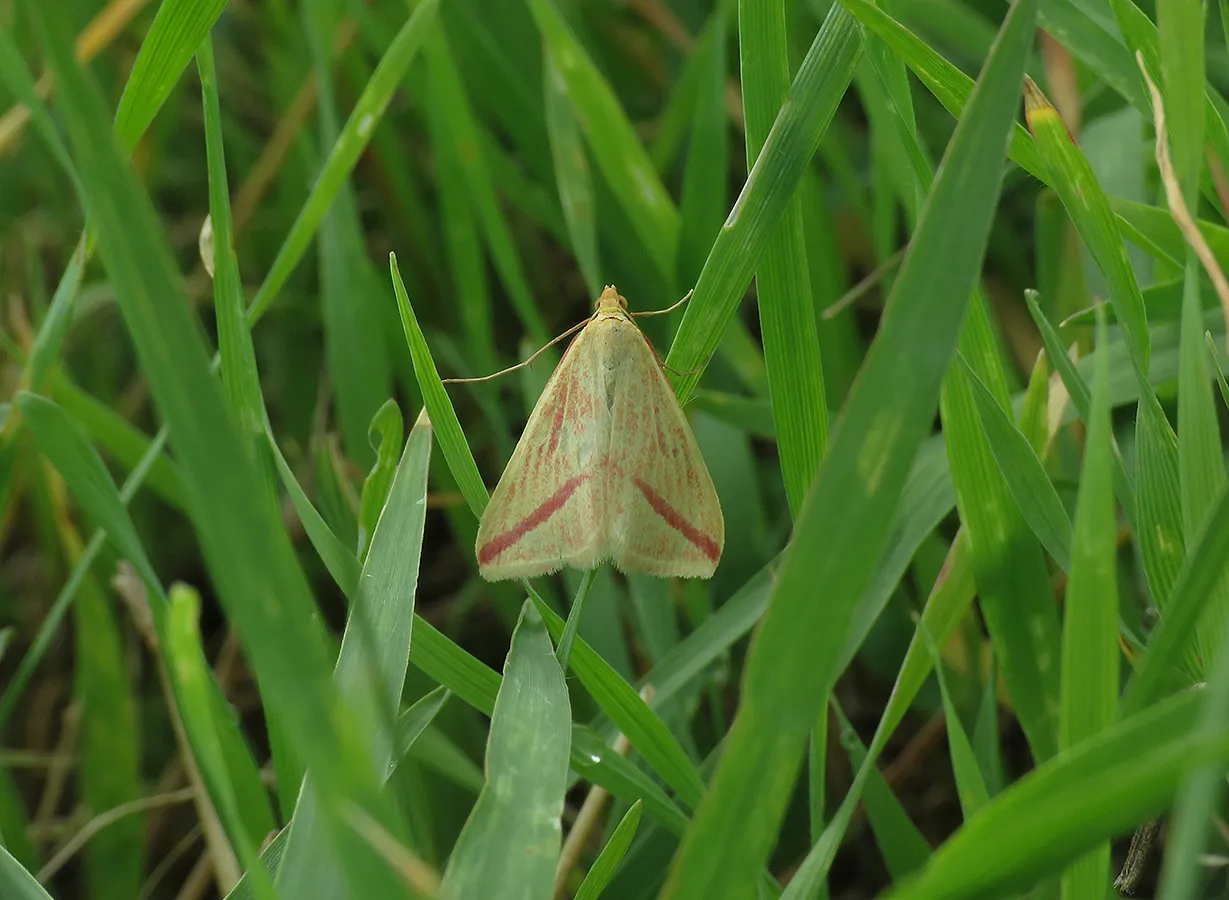
A bit later, back in the grass, I found another moth.
This is the Rhodometra sacraria, a species from the Geometridae family.
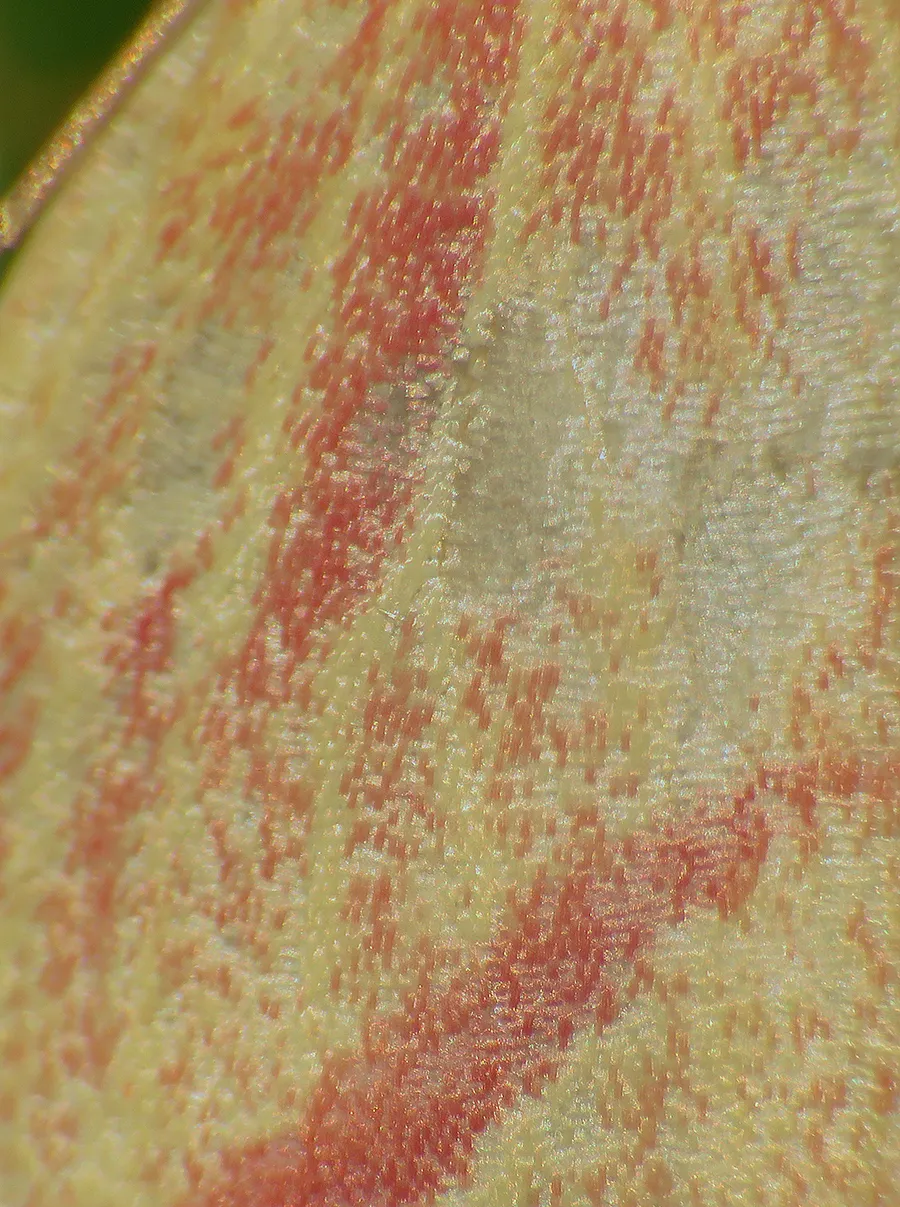
Here you can take a good look at the scales that form the colors and the markings on the wings.
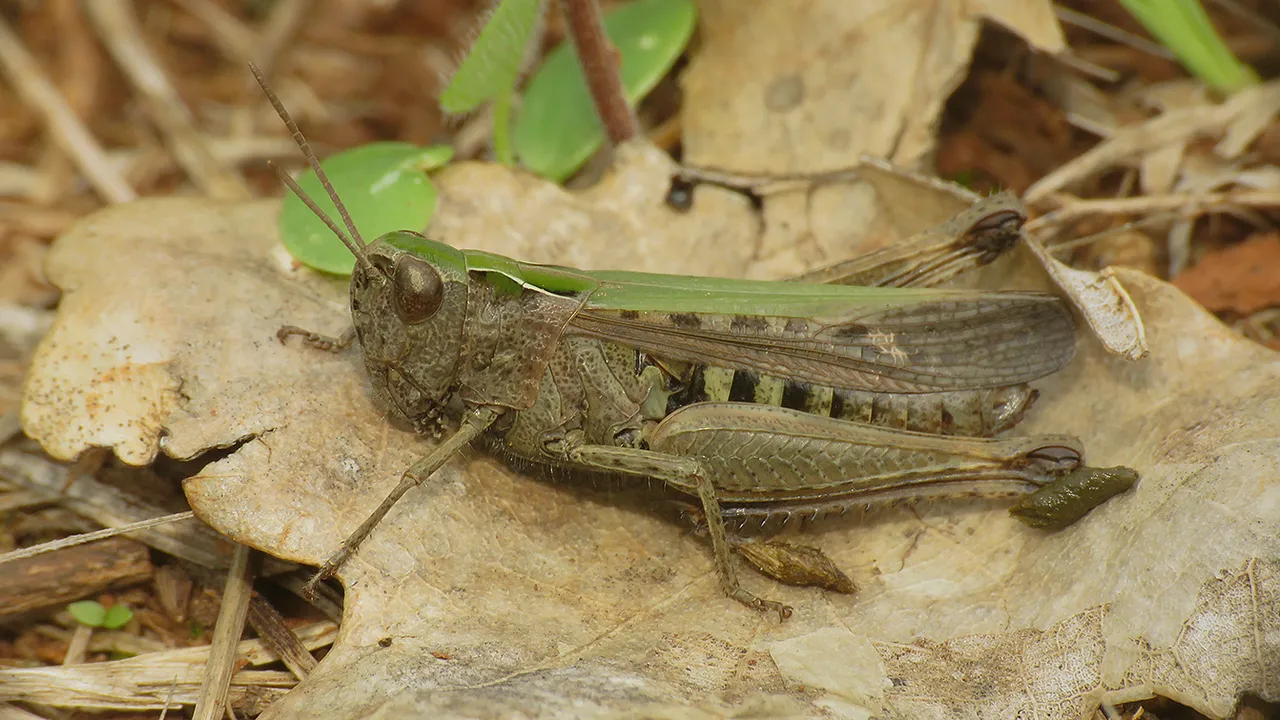
When I decided to go home, on the way back to the car, I was walking along the edge of the meadow, near the shrubs and small trees that grow there.
On the leaves fallen from the oaks, I found another grasshopper from the Acrididae family. Omocestus rufipes is the name of this species. And that's it. The post ends here.
The following links will take you to the sites with more information about some of the protagonists of this post. I found some stuff about them there.
https://en.wikipedia.org/wiki/Linyphiidae
https://en.wikipedia.org/wiki/Dictynidae
https://www.first-nature.com/fungi/lycoperdon-pratense.php
https://en.wikipedia.org/wiki/Noctuidae
https://www.inaturalist.org/taxa/53905-Mantis-religiosa
https://en.wikipedia.org/wiki/Aedes_albopictus
https://en.wikipedia.org/wiki/Calliptamus_italicus
https://en.wikipedia.org/wiki/Agaricus_campestris
https://en.wikipedia.org/wiki/Rhodometra_sacraria
https://en.wikipedia.org/wiki/Omocestus_rufipes
AS ALWAYS HERE ON HIVE, THE PHOTOGRAPHS ARE MY WORK.




